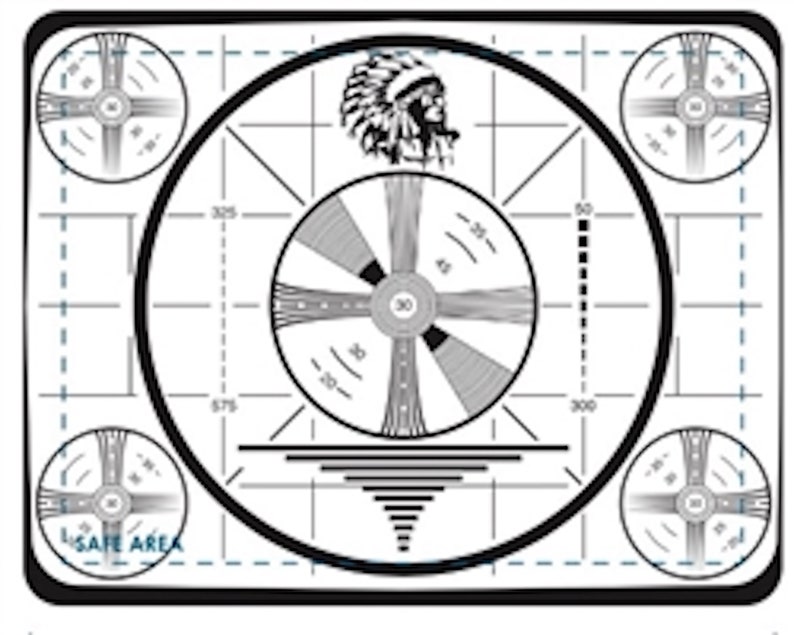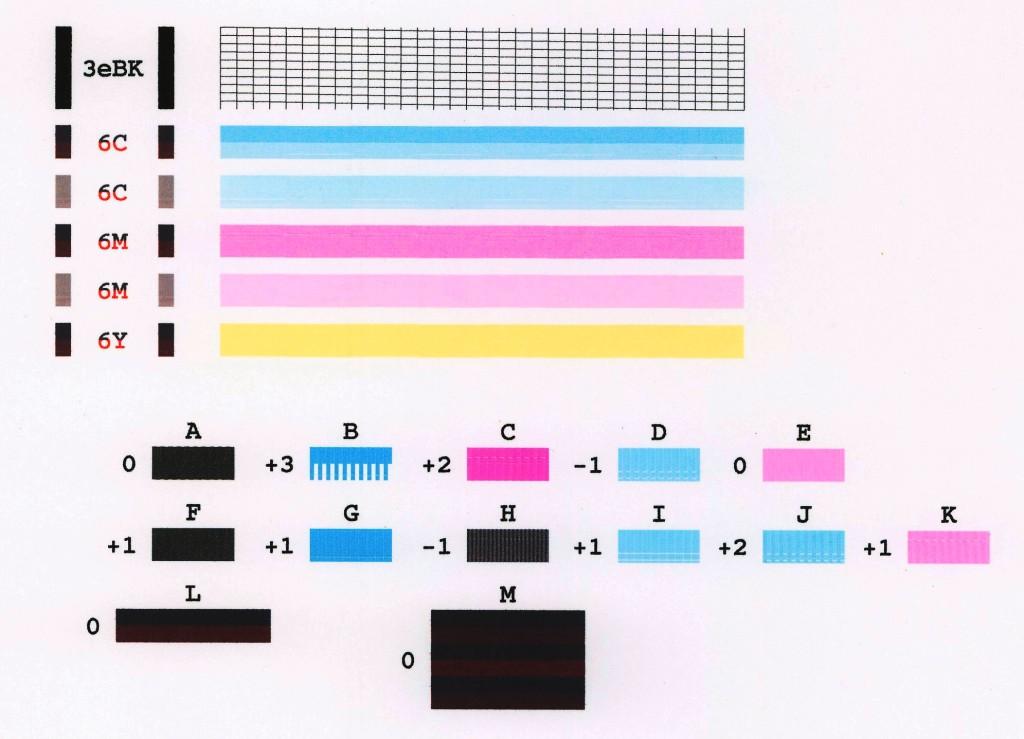

See Nozzle Check, Head-cleaning and Head-flushing. Make sure that the power is turned on and a sheet of A4 or Letter-sized plain paper are loaded in the Rear Tray.Set the Paper Thickness Lever to the left. If the problem returns soon after it has been eliminated, set in the menu to. Head Flushing, which cleans the print head more thoroughly than Head Cleaning, consumes a lot of ink. Normally should be cleared by print head cleanings. Partially Clogged Nozzle This can be a cause for concern.

That’s not too much of a concern until you start seeing clumps of blocks missing. Press or to select Nozzle Check, and then press the OK button. This particular pattern is a bit too dirty, but you will see occasional blocks missing. If the problem persists, perform Steps 1 to 5 again, but instead of performing "Head-cleaning" in Step 2, perform "Head-flushing". Press or to select Test Print, and then press the OK button. If there are missing lines in the pattern (A): Cleaning the print head is required. If the problem persists, repeat Steps 1 to 5 a few more times.Īlso letting the machine stand idle after repeating the procedure may help eliminate the clogging. Examine the nozzle check pattern, and clean the print head if necessary. If the problem persists, do not use the machine for 5 to 10 minutes.īy doing this, minute bubbles in the print head nozzle may disappear as the air in them dissolves into the ink, resulting in unclogging. Perform Head Cleaning for the clogged print head.Įxecute Nozzle Check to determine whether the problem has been eliminated. Print the nozzle check test pattern to check whether the print head nozzles are all ejecting ink properly, and, if necessary, carry out head cleaning or head-flushing.Įxecute Nozzle Check to determine the number of the clogged print head.


 0 kommentar(er)
0 kommentar(er)
